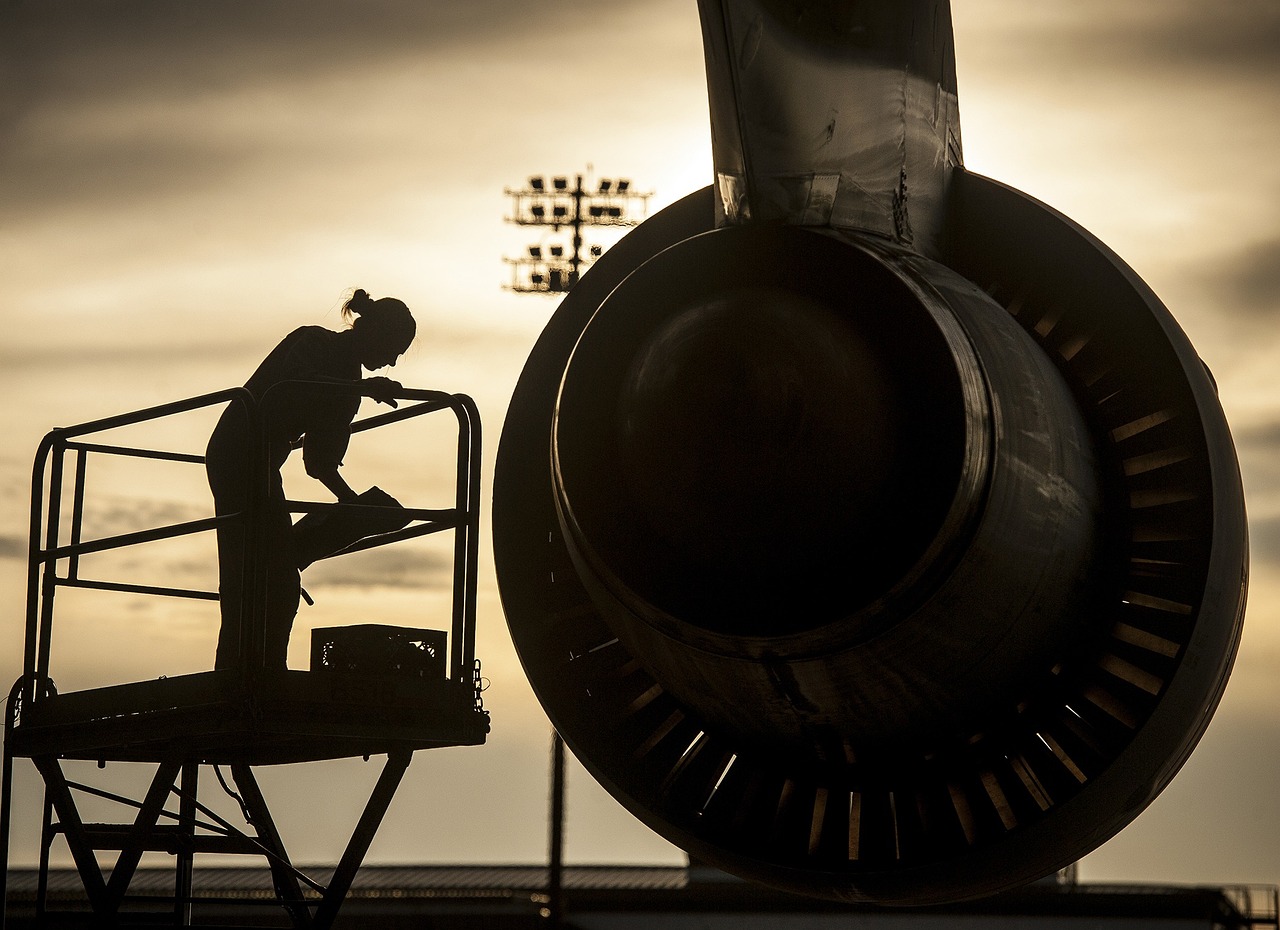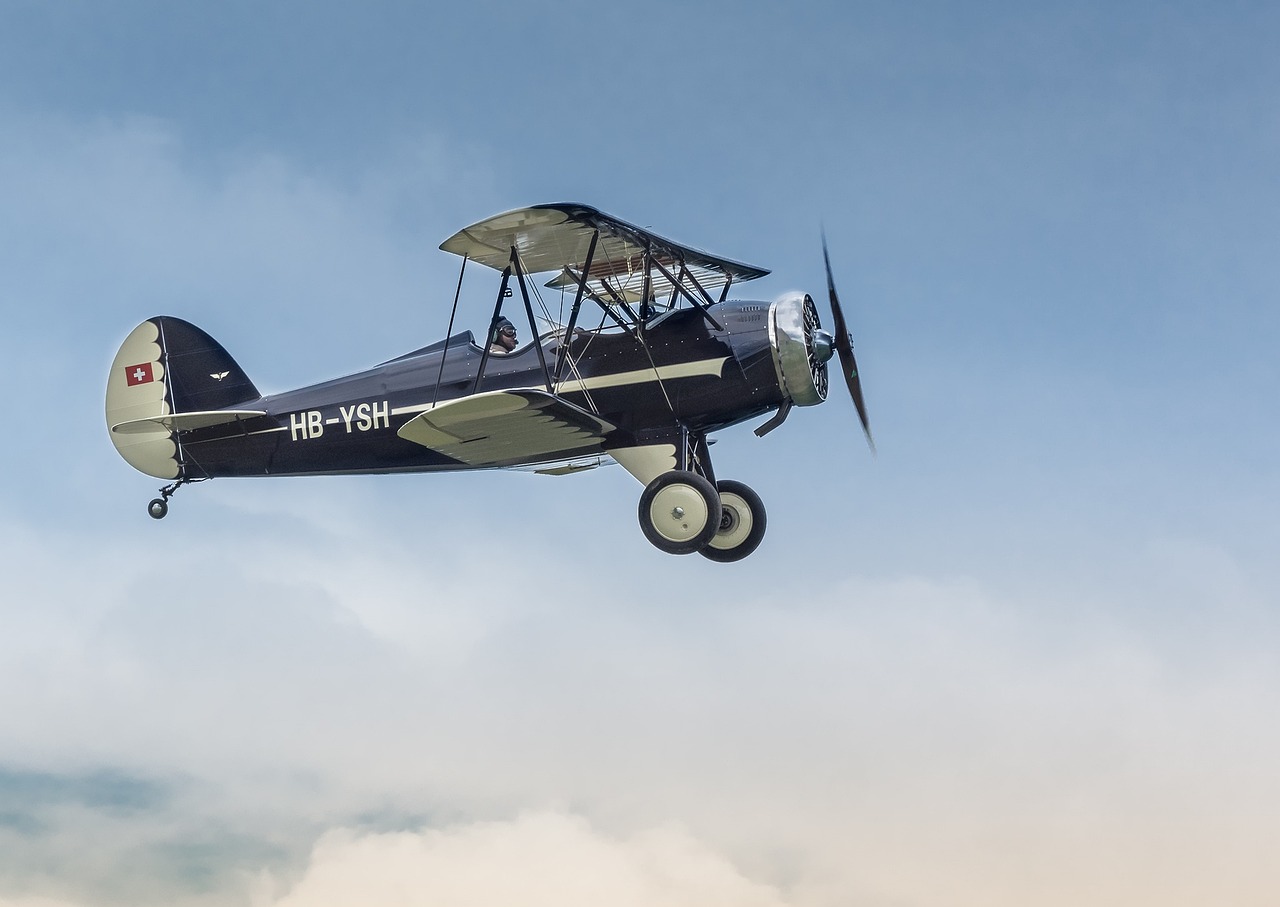Title: Nine-Pin Communication Cable Routing
The routing of nine-pin communication cables is a crucial aspect of electrical installation and maintenance. These cables are typically used to connect computers, printers, and other devices to each other or to the internet. Proper routing ensures efficient data transfer and reduces the risk of damage to the cables or their connectors. To ensure smooth routing, you should follow a set of guidelines, including using the correct type of cable for the intended application, installing the cables at the right height and angle, and using cable ties or similar devices to keep the cables in place. Additionally, it is essential to avoid routing the cables near sources of interference or damage, such as moving parts or sharp edges. By following these guidelines, you can ensure that your nine-pin communication cables are routed correctly and provide years of reliable service.
Nine-pin communication cables, also known as DB-9 cables, are commonly used in various electronic devices and systems to facilitate data transmission and communication. These cables have nine pins that can be connected to the corresponding pins on the receiving device to establish a connection. DB-9 cables are widely used in RS-232, RS-422, and RS-485 communication protocols due to their versatility and reliability.
In this article, we will discuss the routing of nine-pin communication cables. Proper cable routing is essential for ensuring efficient and reliable communication between devices. We will provide guidelines and best practices for routing these cables, taking into account factors such as cable length, bending radius, and interference prevention.

Proper Cable Length
The first consideration when routing nine-pin communication cables is the length of the cable. The cable should be neither too long nor too short to ensure optimal performance. If the cable is too long, it may cause signal degradation and increase the risk of interference. On the other hand, if the cable is too short, it may not be able to reach the intended destination or may not provide enough slack for proper management. Therefore, it is essential to measure the distance between the transmitting and receiving devices accurately and choose a cable length that is suitable for that distance.
Bending Radius

Another important consideration is the bending radius of the cable. DB-9 cables have a minimum bending radius, which should not be violated during routing. Bending the cable beyond this radius can damage the internal wiring and cause open circuits or short circuits. Therefore, it is essential to plan the route carefully to ensure that the cable follows a smooth path with no sharp bends or angles. Additionally, it is recommended to provide support for the cable at regular intervals to prevent it from sagging or falling under its own weight.
Interference Prevention
Interference prevention is another crucial aspect of routing nine-pin communication cables. These cables are susceptible to electromagnetic interference (EMI) from nearby sources, such as other cables, motors, or radios. To reduce the risk of interference, it is advisable to keep the cables away from these sources as much as possible. Additionally, using shielded cables or twisting pairs of wires can help reduce interference even further. Finally, ensure that any connectors or terminals used with these cables are properly grounded to prevent any static electricity from causing damage.

Conclusion
Proper routing of nine-pin communication cables is essential for ensuring reliable and efficient communication between devices. By considering factors such as cable length, bending radius, and interference prevention, you can ensure that your cables are routed properly and provide years of trouble-free service.
Articles related to the knowledge points of this article:
The art of communication cable sealing and welding
Title: Communication Cable Metrics
How to Measure Communication Cables
Principles for Selection of Communication Cables
Title: Comprehensive Image Tour of Communication Cable Repair Procedure